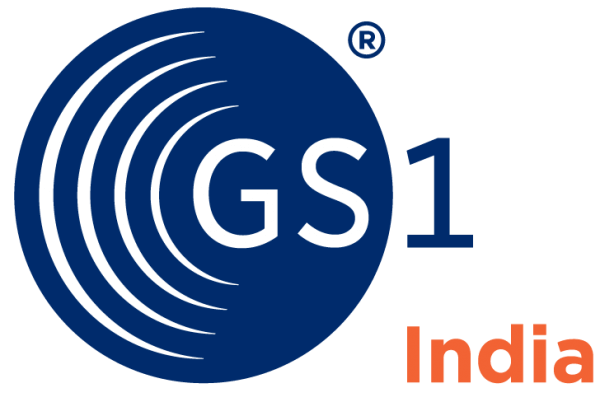Two weeks back, Prime Minister Narendra Modi encouraged the citizens of India to buy local products and be a part of India’s growth story. He also appealed SMEs’, start-ups and entrepreneurs’ to make the nation independent and self-reliant by making as many local goods as possible to remove dependence on imported goods. This would also support the country’s economy, which is hit by a prolonged phase of lockdown due to the coronavirus pandemic.
He highlighted that the coronavirus outbreak has made us realize the importance of local manufacturing, local market, and the need to make our supply chains efficient & sustained.
“In times of crisis, this local has fulfilled our demand, this local has saved us. Local is not just the need, it is our responsibility also,” he said in his speech to the nation.
However, local does not only mean products made by Indian companies, but also those manufactured in India by multinational companies or MNCs.
The ongoing health crisis has given an impetus to the sales of local products, as they inspire consumer confidence.
The moment the pandemic hit the nation, not even a single PPE kit was manufactured in India, only a few N95 masks were available. However, with our exceptional local manufacturing capabilities, we are able to produce close to two lakh PPE kits and two lakh N95 masks on a daily basis.
Also, as per news reports, India is the world’s number 2 in its masks making capacity and is planning to export as well.
This offers an opportune time for SMEs / start-ups to make their local products and get them recognized in the marketplace with the use of India barcodes, starting with 890.
890 barcode numbers identify your products on a globally unambiguous way, ensuring that no other product across the world will have this number in an authorised manner. This is because these numbers are developed and maintained by a global supply chain standards organisation – GS1. In India, GS1 India is the only authorised body to allocate GS1 barcode numbers, starting with 890, to companies based in India.
Not only these barcode numbers ensure that the company manufacturing these products is based in India but also help manufacturers in selling them through retail chains and online marketplaces.
In these difficult times, it is critical for manufacturers of local products to speak the global language of business and be visible on several sales (retail) platforms that are being used by consumers to fulfil their daily needs.
Additionally, the use of 890 barcode numbers facilitate counterfeit detection in the supply chain at its point of entry and enable manufacturers to investigate and deal with the counterfeit sources.
Summary of benefits accrued by labeling your products with ‘890’ barcodes:
Unique identification of your products
- Ability to sell products through leading retailers and online shopping channels ● Free access to online tool (DataKart) for easy generation, management and allocation of barcode numbers.
- Counterfeit detection in the supply chain
- Retailers and online marketplaces can easily validate the barcode numbers used by you
- Increased visibility of product pages in Google searches
In order to be vocal about local products, use 890 barcodes on your products and popularise the fact that these barcode numbers mean that the products are manufactured in India.
To know more about 890 barcode numbers, visit: https://www.gs1india.org/content/register-for-barcodes/
